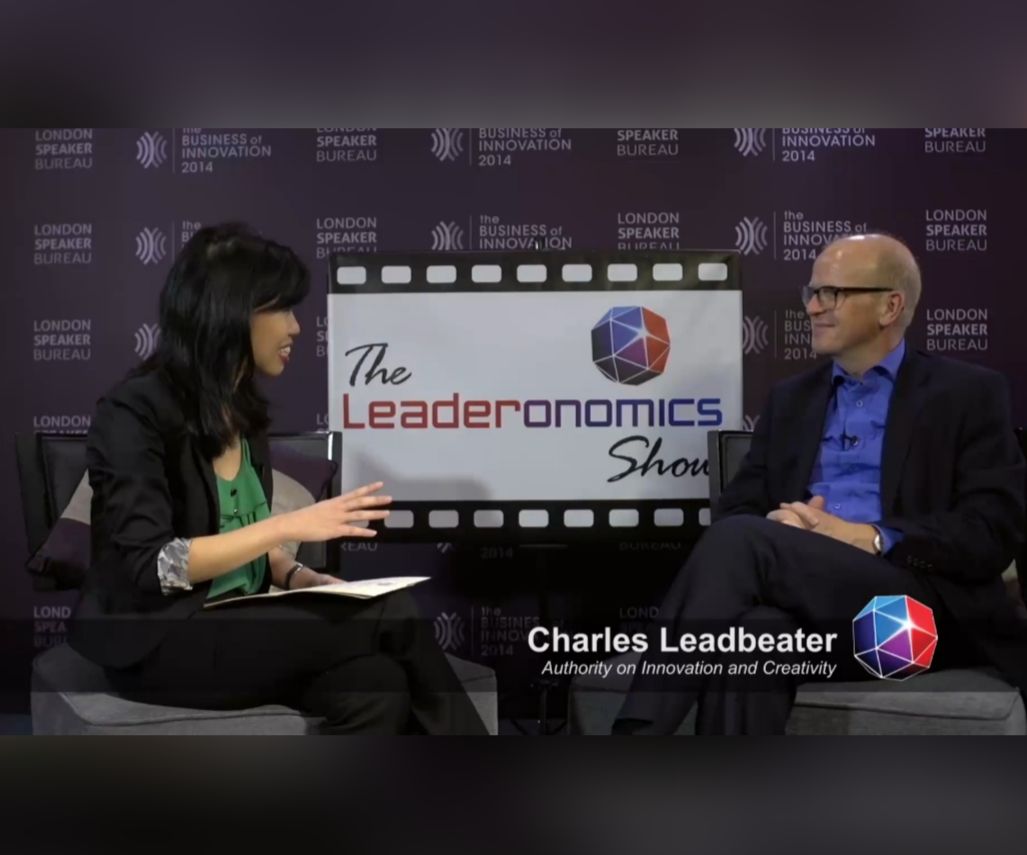Create a Presentation like a Professional Designer

Putting together an engaging and compelling presentation is as simple as it sounds.
When you combine clear and compelling content with beautiful visual designs, then people will understand and remember you long after the lights have gone down.
The problem is that, so often, our presentation slides are text-heavy, dense, confusing, distracting and misleading.
Companies and marketers spend billions of dollars on their brand; yet still fail to connect with their audience through their keynotes.
Design needs to be hardwired into businesses of all sizes and institutions at all levels.
It should be owned and championed by boards and management, as well as creative types, to advance competitiveness.
Effective design involves much more than making your slides “look pretty”.
Design carries a professional impression, supports the delivery of your message and makes it easier for your audience to understand your main points.
Strong design will support and instill confidence with your audience proving that you are:
- Knowledgeable.
- Prepared.
- Credible.
- Trustworthy.
And that’s what you want, right? Think action, not distraction.
A presentation is delivered by a speaker with a goal of shifting the thinking of their audience – influencing them to act.
So the structure of your content, the order of your ideas, must support what you are saying and help the audience understand.
Your slides shouldn’t be a visual distraction with lots of confusing content or animations. They are not an autocue for the speaker.
If you have lots of supporting background information and data, then share this with your audience as a PDF before or after the presentation – don’t cram it into your slides.
A clear and easy-to-read layout means an engaged audience. It’s best to have more slides with less on them, than a couple of slides choc-a-bloc with words and pictures.
Half empty or full?
You can use white space (negative space) to draw your audience’s eyes to important information.
Keeping margins and blocks of white space around text makes it much easier to read.
White space does not actually have to be white! It refers more to the area of design that is empty or not filled with text or images.
Give thought to every element of the presentation to make sure each is contributing to the overall objective. Highlight the most important bits of information on each slide and remove everything else.
Then think about how you can best visually represent this. Is it a large word, simple icon or a diagram?
Consistent characters
Creating an overall theme or style in your presentation is really important, otherwise it’s like watching a movie where the actors keep changing characters – incredibly confusing, not to mention distracting!
You want your slides to look like a professionally laid-out magazine, and that means developing a cohesive style across your presentation – using a family of colours, font and images that all work together.
Consider how these elements all work together:
- Colour.
- Typography.
- Layout.
Ask yourself whether your images and colours support your overall message.
Opposites attract
As with colours, choosing fonts that are too similar (no contrast) serves no purpose.
Remember, your eyes need to focus on the important information first and if everything is the same that is hard.
Selecting your font is only one piece of the puzzle.
Then you need to make it work on the slide – either combined with a visual element so they both support each other or as a standalone feature.
If all else fails, Duarte, the world’s leading presentation company, has a golden rule of presentations to which you should always adhere:
Don’t deliver a presentation you wouldn’t want to sit through yourself!
Emma Bannister is the founder and CEO of Presentation Studio, Asia-Pacific’s largest presentation communication agency, and author of upcoming book Visual Thinking: How to transform the way you think, communicate and influence with presentations. To connect with her and pick up more presentation tips, email editor@leaderonomics.com
Leadership
This article is published by the editors of Leaderonomics.com with the consent of the guest author.






